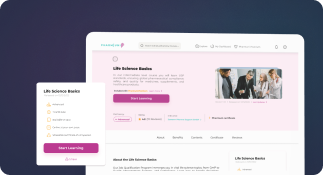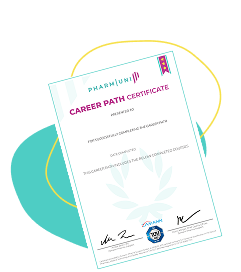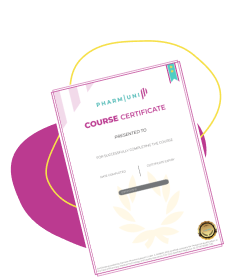System Validation in Life Sciences
Definition
System validation in life sciences refers to the documented process of ensuring that computerized systems used in the development, manufacturing, and distribution of pharmaceutical and biotechnology products consistently perform according to predetermined specifications and quality attributes. This includes compliance with regulatory requirements such as FDA 21 CFR Part 11, EU Annex 11, and Good Automated Manufacturing Practice (GAMP).
Also known as Computer System Validation (CSV), this process is essential for ensuring data integrity, product quality, and patient safety in regulated environments like pharmaceuticals, biotechnology, and medical device manufacturing.
Detailed Explanation
Purpose and Importance of System Validation
System validation ensures that computerized systems are fit for their intended use and operate in a consistent, reproducible, and compliant manner. In the life sciences industry, where product quality and patient safety are paramount, system validation is not just a best practice—it’s a regulatory requirement.
Validation activities are designed to:
- Ensure that systems perform as expected under all conditions
- Maintain data integrity and traceability
- Demonstrate control over system changes and configurations
- Prevent errors that could compromise product quality or patient safety
Regulatory Context and Guidelines
System validation in life sciences is governed by various global regulations and guidance documents, including:
- FDA 21 CFR Part 11: Establishes criteria for electronic records and electronic signatures
- EU Annex 11: Provides guidance for computerized systems used in GMP-regulated activities
- GAMP 5: A risk-based approach to compliant GxP computerized systems
These regulations require life sciences companies to validate systems that impact product quality, patient safety, or data integrity. This includes manufacturing execution systems (MES), laboratory information management systems (LIMS), enterprise resource planning (ERP) systems, and more.
Phases of System Validation
The CSV lifecycle typically includes the following phases:
- Planning: Development of a validation plan outlining scope, responsibilities, and deliverables
- Requirements Definition: Documentation of user requirements and functional specifications
- Risk Assessment: Identification of risks and determination of validation effort
- Testing: Execution of Installation Qualification (IQ), Operational Qualification (OQ), and Performance Qualification (PQ)
- Reporting: Compilation of validation results and formal approval of validation status
- Maintenance: Ongoing system monitoring, change control, and periodic reviews
Examples of Validated Systems in Life Sciences
Examples of systems requiring validation include:
- LIMS (Laboratory Information Management Systems): Used to manage laboratory data and workflows
- MES (Manufacturing Execution Systems): Control and monitor manufacturing processes
- ERP (Enterprise Resource Planning): Manage business processes across departments
- eCTD Submission Systems: Used for electronic regulatory submissions
Best Practices in System Validation
To ensure successful validation, organizations should follow these best practices:
- Adopt a risk-based approach aligned with GAMP 5 principles
- Maintain detailed documentation throughout the system lifecycle
- Train personnel on validation procedures and compliance requirements
- Use validation tools and templates to streamline the process
- Conduct regular audits and reviews to ensure ongoing compliance
Challenges in System Validation
Despite its importance, system validation can be challenging due to:
- Rapid technological changes and software updates
- Complex integration of multiple systems
- Resource-intensive documentation and testing requirements
- Ensuring global compliance across multiple regulatory jurisdictions



